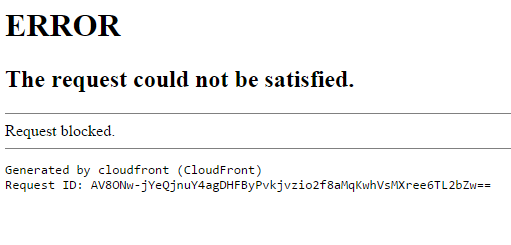I use Amazon Cloudfront to host all my site's images and videos, to serve them faster to my users which are pretty scattered across the globe. I also apply pretty aggressive forward caching to the elements hosted on Cloudfront, setting Cache-Controlto public, max-age=7776000.
I've recently discovered to my annoyance that third party sites are hotlinking to my Cloudfront server to display images on their own pages, without authorization.
I've configured .htaccessto prevent hotlinking on my own server, but haven't found a way of doing this on Cloudfront, which doesn't seem to support the feature natively. And, annoyingly, Amazon's Bucket Policies, which could be used to prevent hotlinking, have effect only on S3, they have no effect on CloudFront distributions [link]. If you want to take advantage of the policies you have to serve your content from S3 directly.
Scouring my server logs for hotlinkers and manually changing the file names isn't really a realistic option, although I've been doing this to end the most blatant offenses.


Origin,Access-Control-Request-HeadersandAccess-Control-Request-Methodsto the white list... Also the linked document doesnt say anything explicitly about the referer... – Narrative